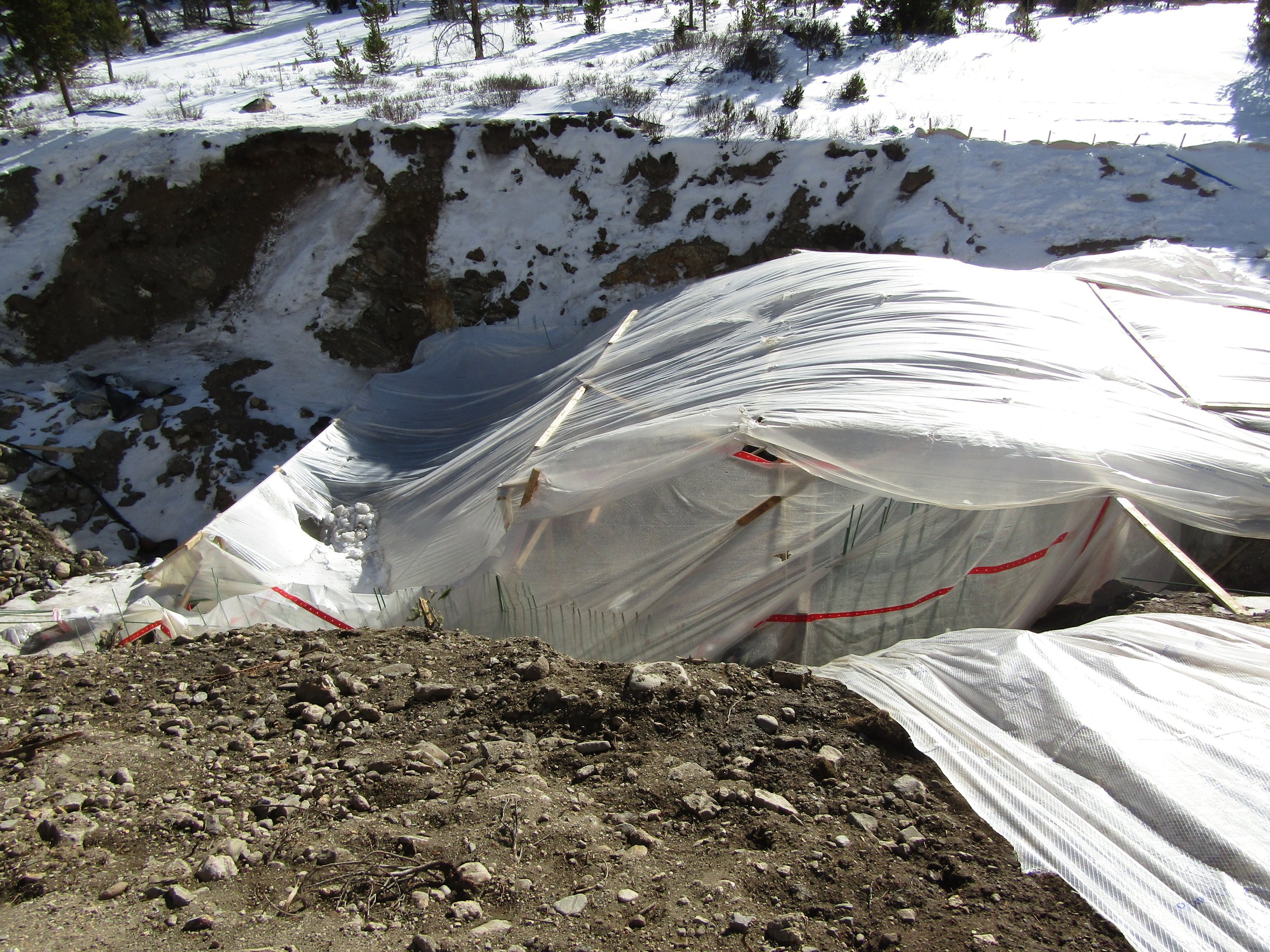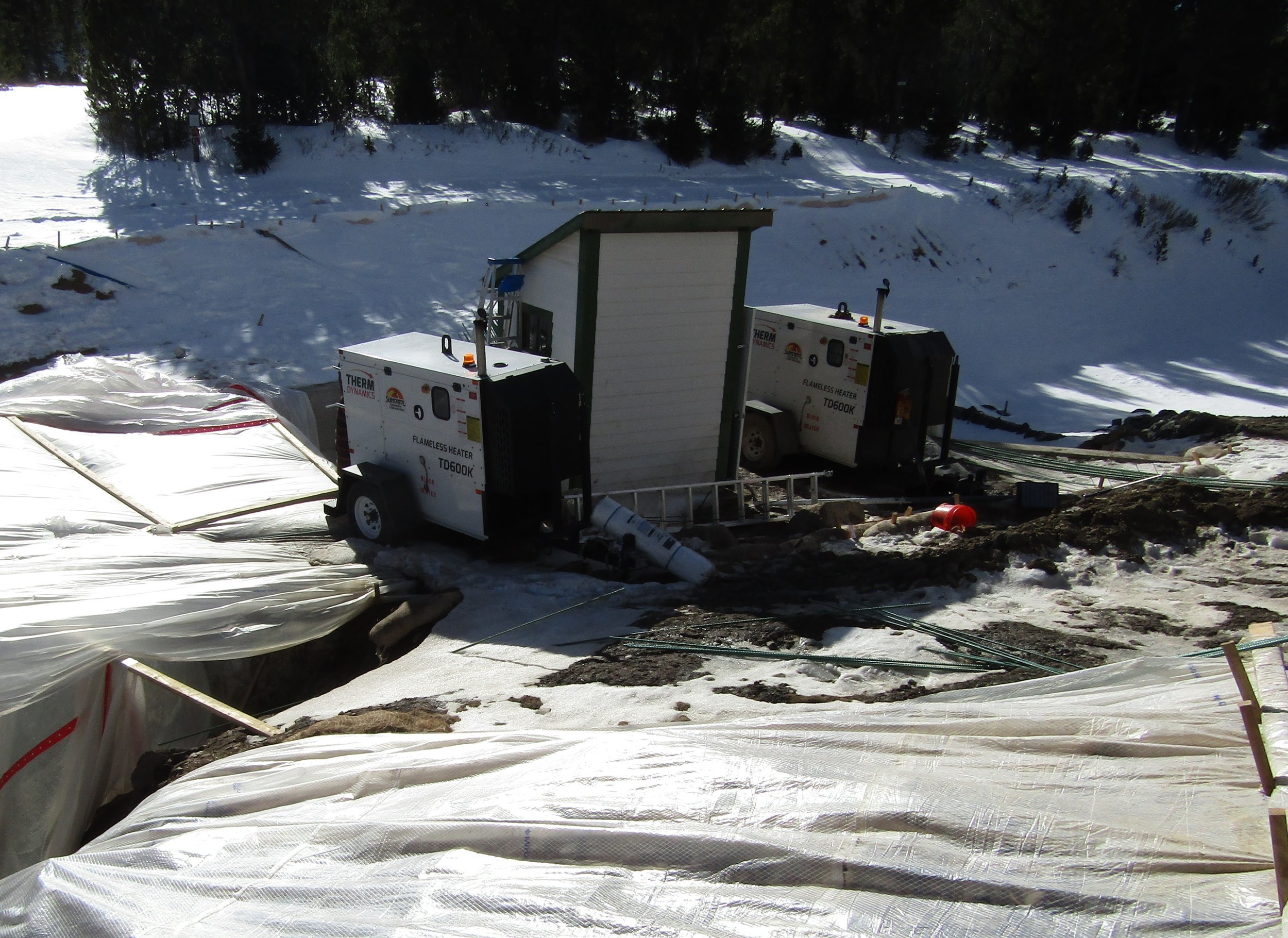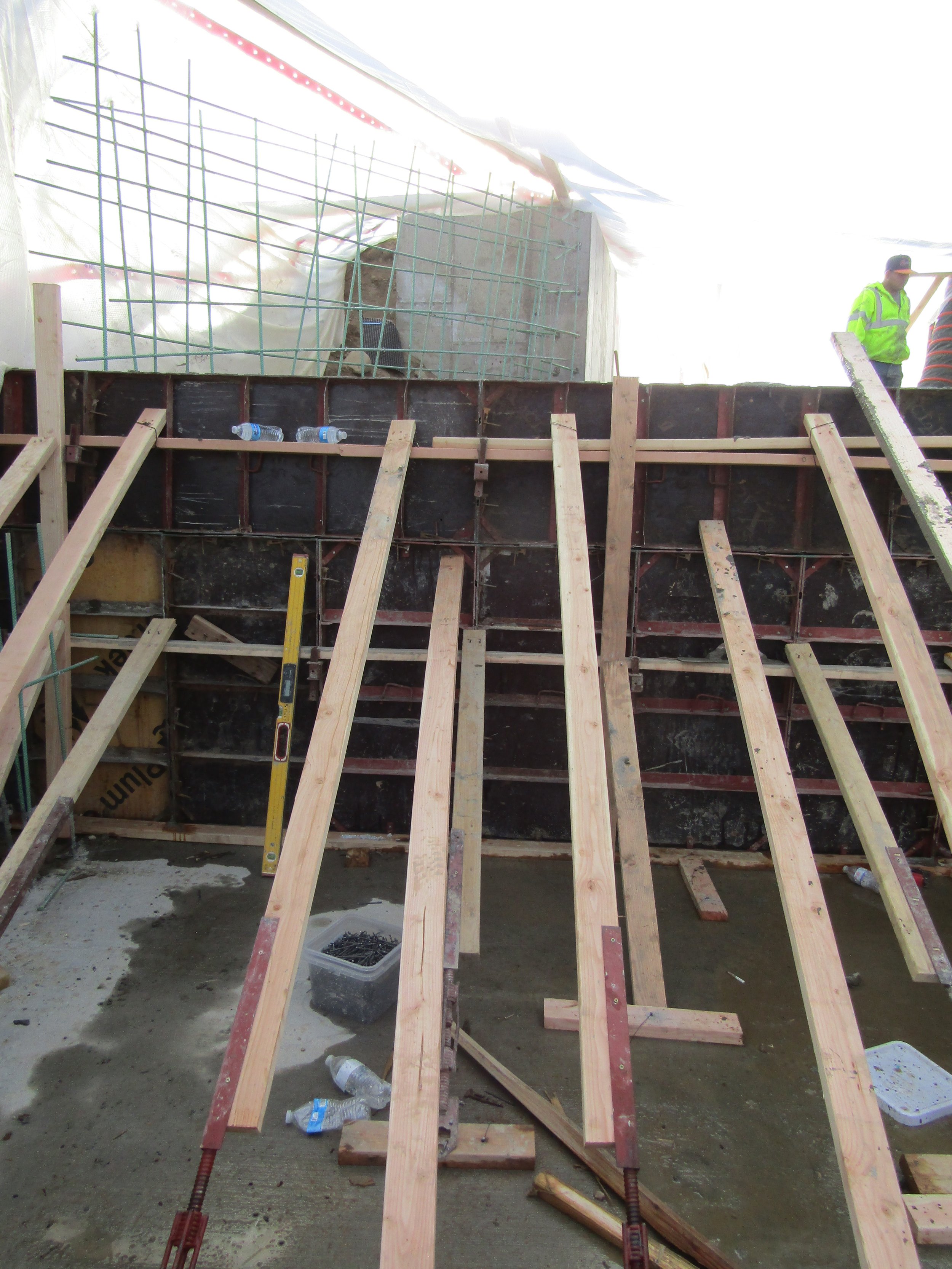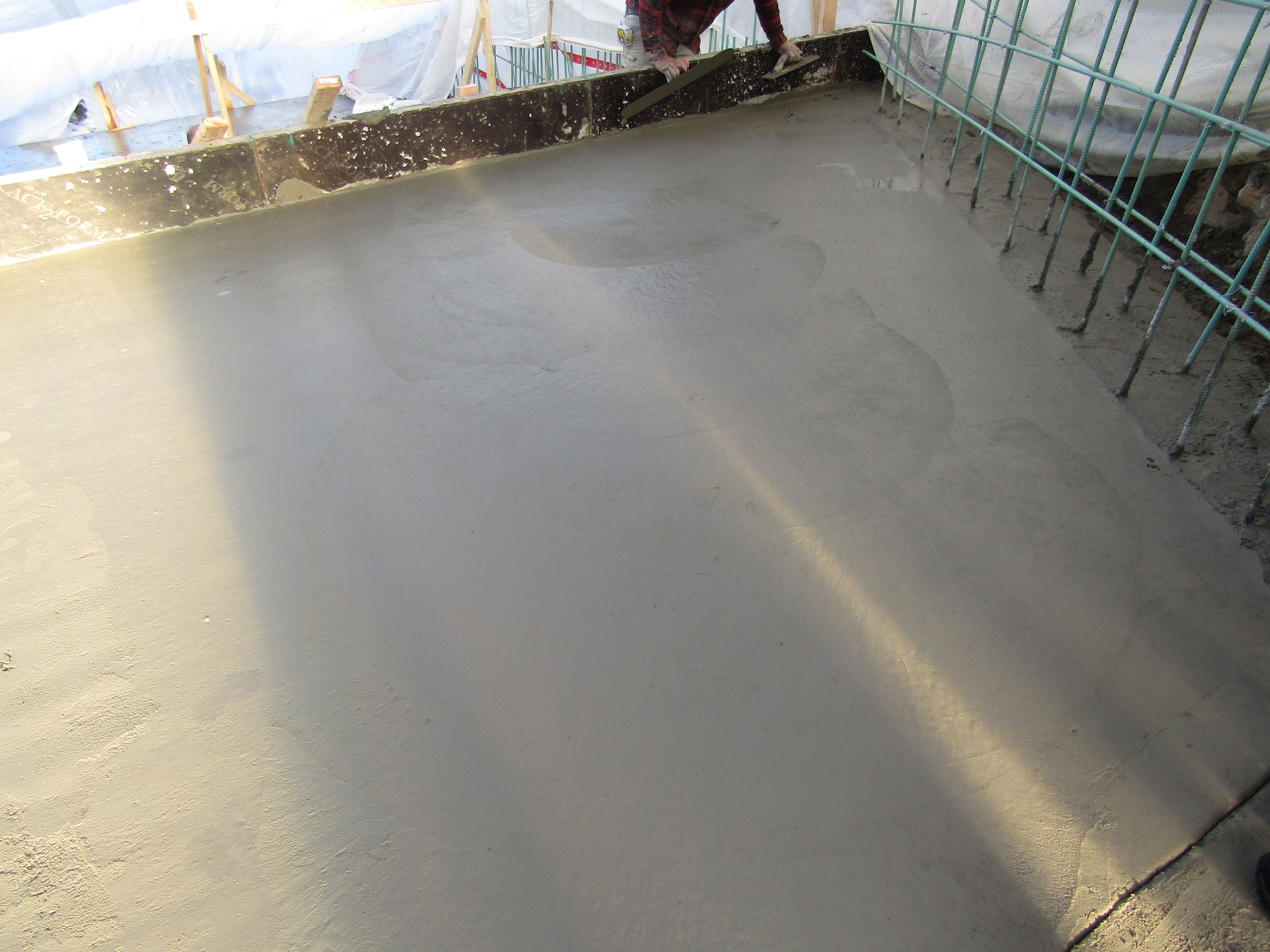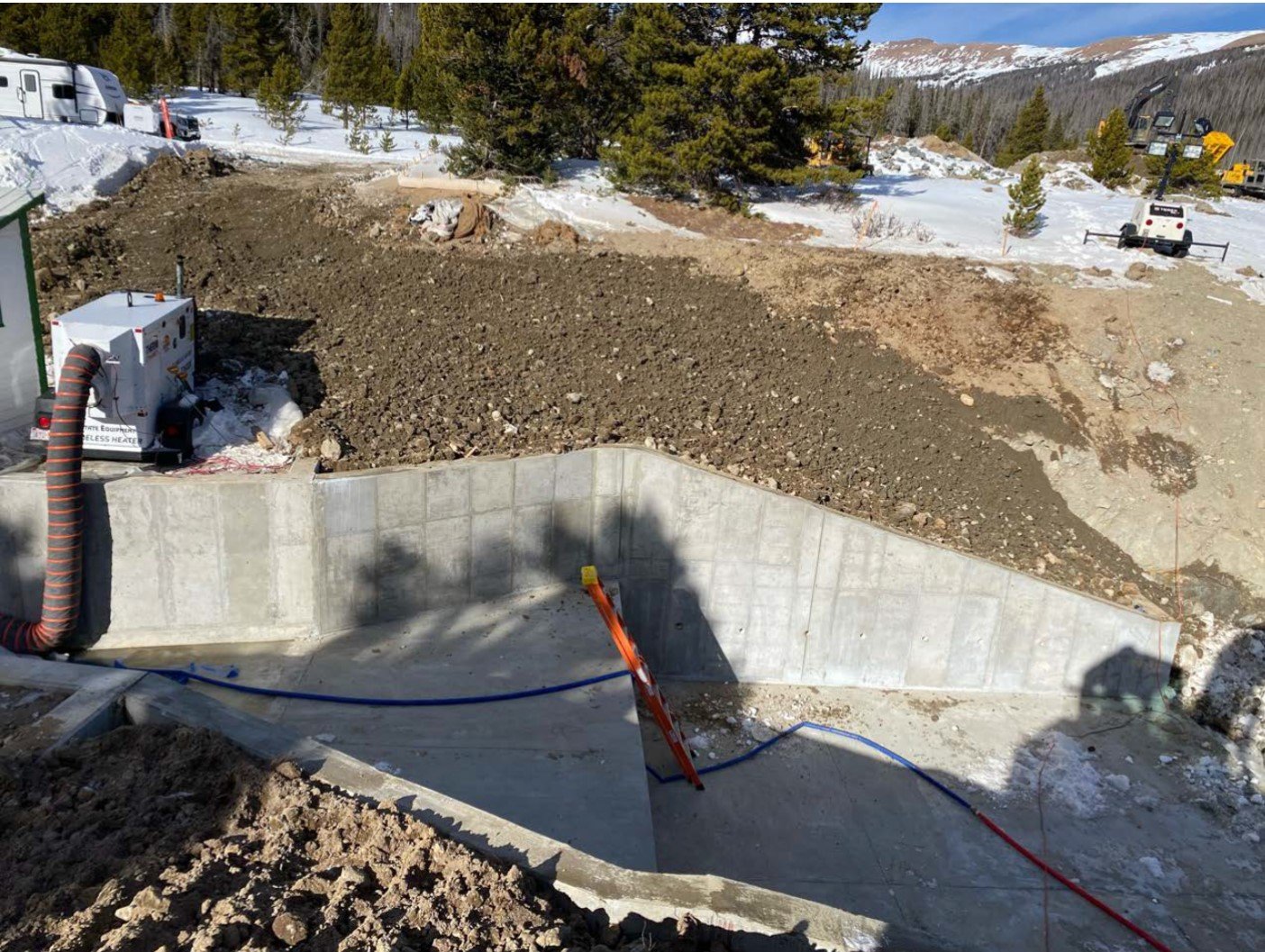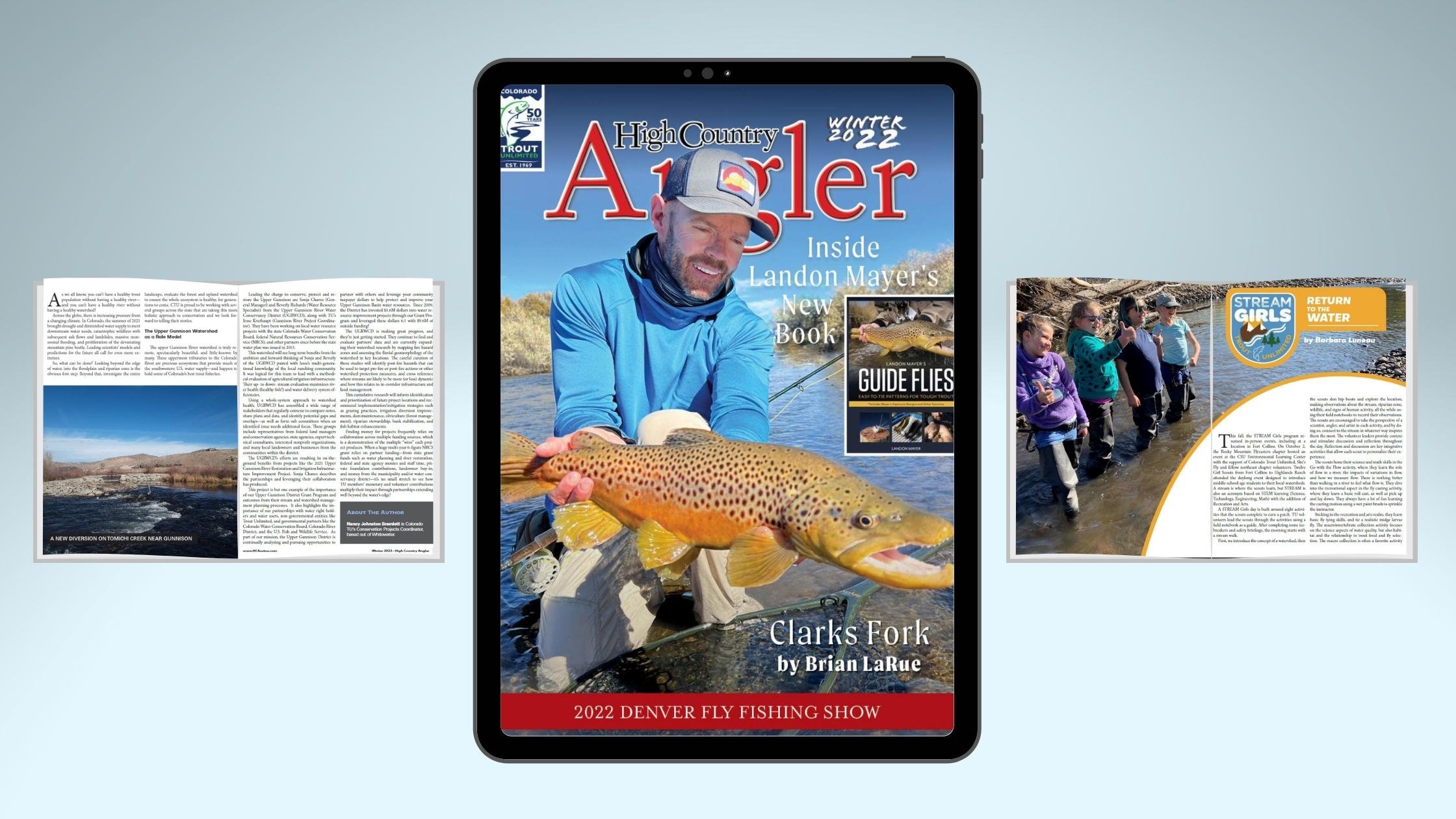Repost from the Daily Sentinel
By MATT MOSKAL
Last month the American people and Colorado sportswomen and men got a big and long-awaited win with the signing of the Infrastructure Investment and Jobs Act. This truly bipartisan infrastructure legislation makes major investments in helping the nation and our state create high-paying jobs, invest in our rural communities and address the impacts of drought on our coldwater fisheries.
Thanks to the critical leadership of Senators Michael Bennet and John Hickenlooper, we have the single largest investment in our nation’s physical infrastructure and waterways in more than a generation.
In a big state like Colorado, it is easy to see just how desperate the need is for strong investments in our infrastructure. Colorado anglers, thank Senators Bennet and Hickenlooper for their foresight and initiative in getting this legislation across the finish line.
Bill will benefit fish habitat
Colorado Trout Unlimited lauds provisions of this legislation that will deliver major benefits for coldwater fish and their habitats, including abandoned mine restoration, removal and rehabilitation of obsolete dams, forest and watershed restoration, replacement of old culverts and fish passage barriers and increased efficiency of water management and transport systems.
It reflects the understanding that our rivers and streams are as much a fundamental part of the nation’s infrastructure as bridges and dams.
The infrastructure bill also comes with commonsense solutions for climate and drought impacts to our fish and wildlife. For instance, it funds the Legacy Roads and Trails program. This program provides millions in dedicated funding for repairing, upgrading and sometimes removing 375,000 miles of roads, 12,000 bridges and 143,000 miles of trails managed by the U.S. Forest Service, in the service of reducing sediment or fish barriers in our public waters.
This is a high priority for us due to the widespread adverse impacts of poorly maintained roads and trails on wild and native trout streams. By reducing habitat fragmentation, investments through this program will also make fishery habitat more resilient in the face of climate challenges.
Improving water security
The agreement recognizes the critical role of our water infrastructure and watershed health in improving water security as climate change makes conditions hotter and drier. It invests $400 million in the WaterSMART program, $100 million of which is dedicated for watershed restoration projects, and dedicates another $250 million for aquatic ecosystem restoration and protection projects.
Another $100 million supports local action through funding watershed groups’ planning and project development, to help ensure the infrastructure bill’s funding makes possible the best multi-benefit projects for improving watershed health, fish and wildlife habitat, and clean drinking water for Coloradans for generations to come.
Reducing wildfire risk
The deal also helps reduce wildfire risk in Colorado by investing in risk reduction and ecosystem restoration. It includes $3.37 billion for projects that reduce wildfire risks on U.S. Forest Service lands, with $100 million of that funding allocated for collaborative, science-based ecosystem restoration projects.
Another $2.13 billion is dedicated to ecosystem restoration, with $80 million specifically for a collaborative, aquatic-focused, landscape-scale Aquatic Restoration Program to restore fish passage or improve water quality on federal and non-federal land through voluntary, cooperative agreements.
These provisions will help Colorado mitigate the risk of catastrophic wildfires while also ensuring that our valuable coldwater fisheries can prepare for, withstand, and recover from fires.
The far-reaching provisions of the infrastructure bill help protect Colorado’s water resources in the face of hotter summers and drier winters. And, it will help secure the fishing and outdoor heritage of many working-class Colorado families.
Thanks to bipartisan leadership from pragmatic House and Senate members including Senators Bennet and Hickenlooper, we have an actual governing win for the American people.
Matt Moskal is the President of Colorado Trout Unlimited and is based in Denver. Colorado Trout Unlimited is a member of the Water for Colorado Coalition.









